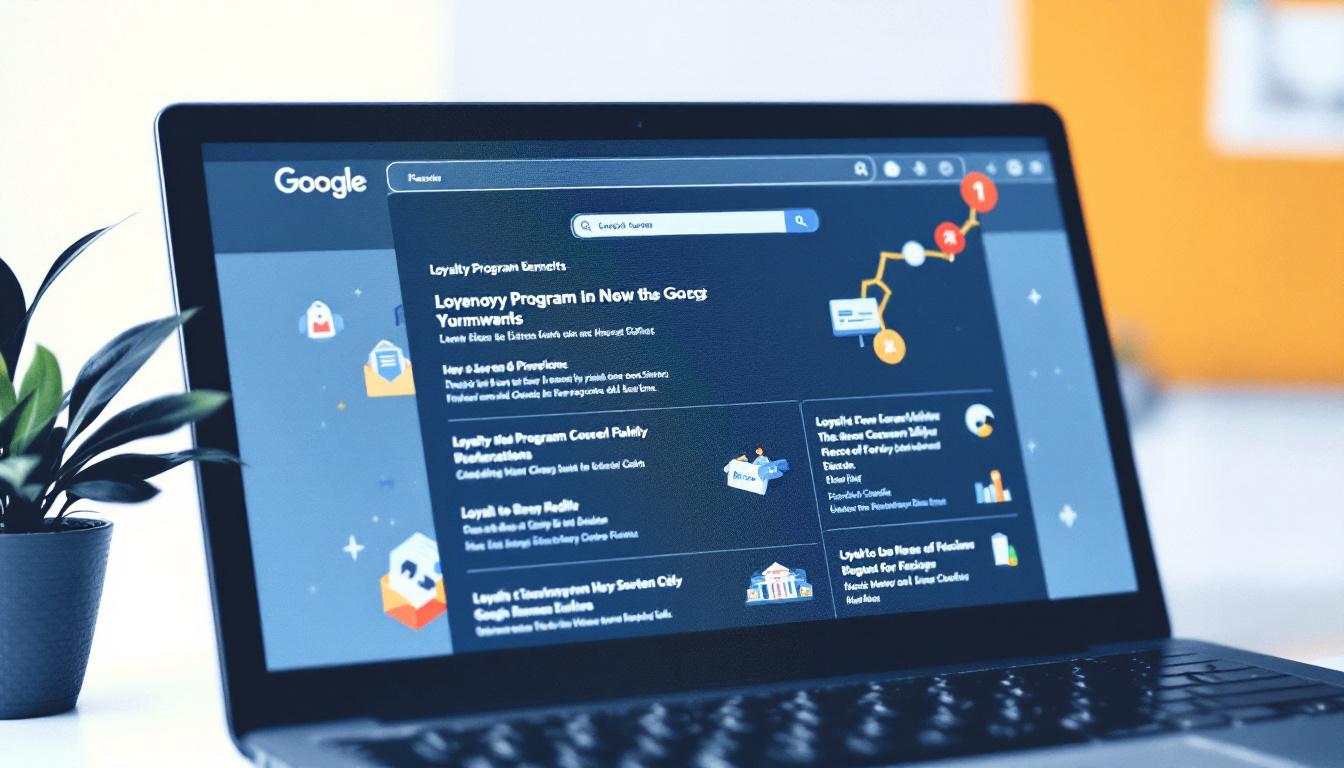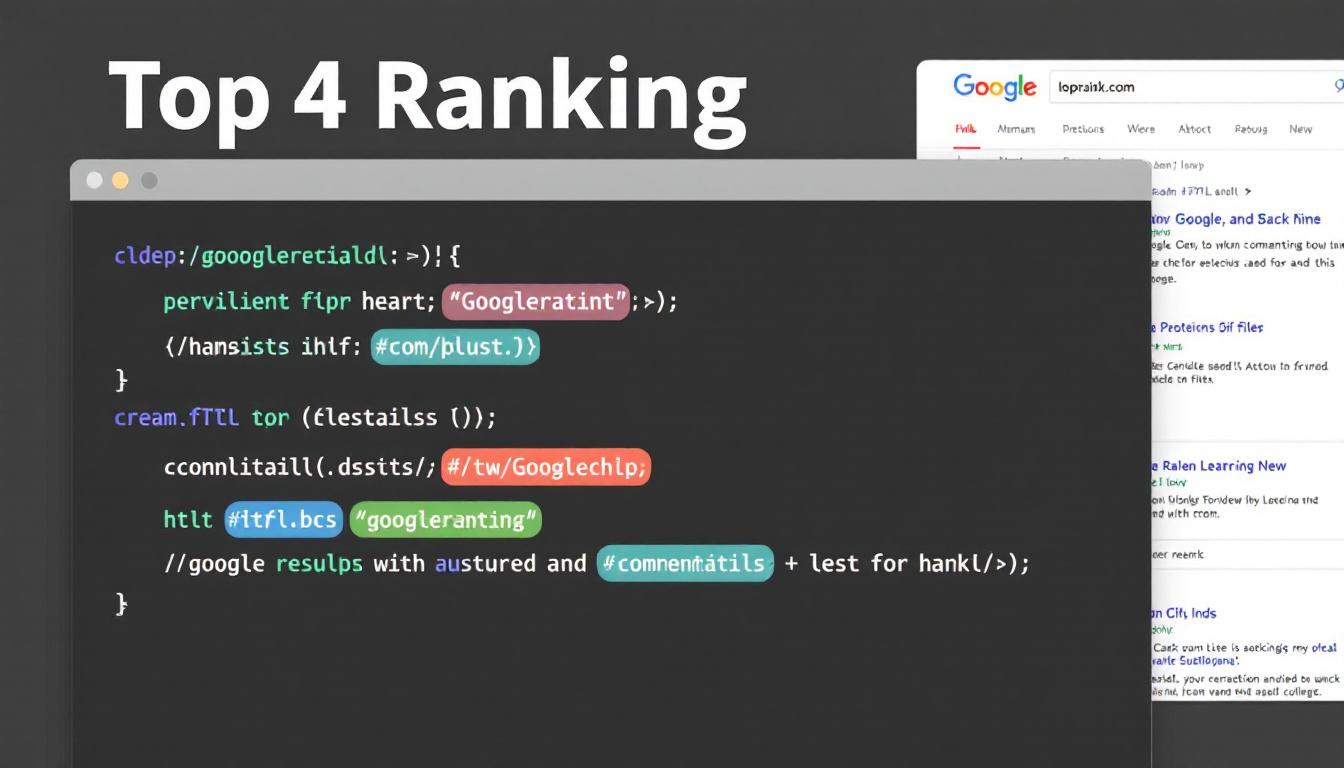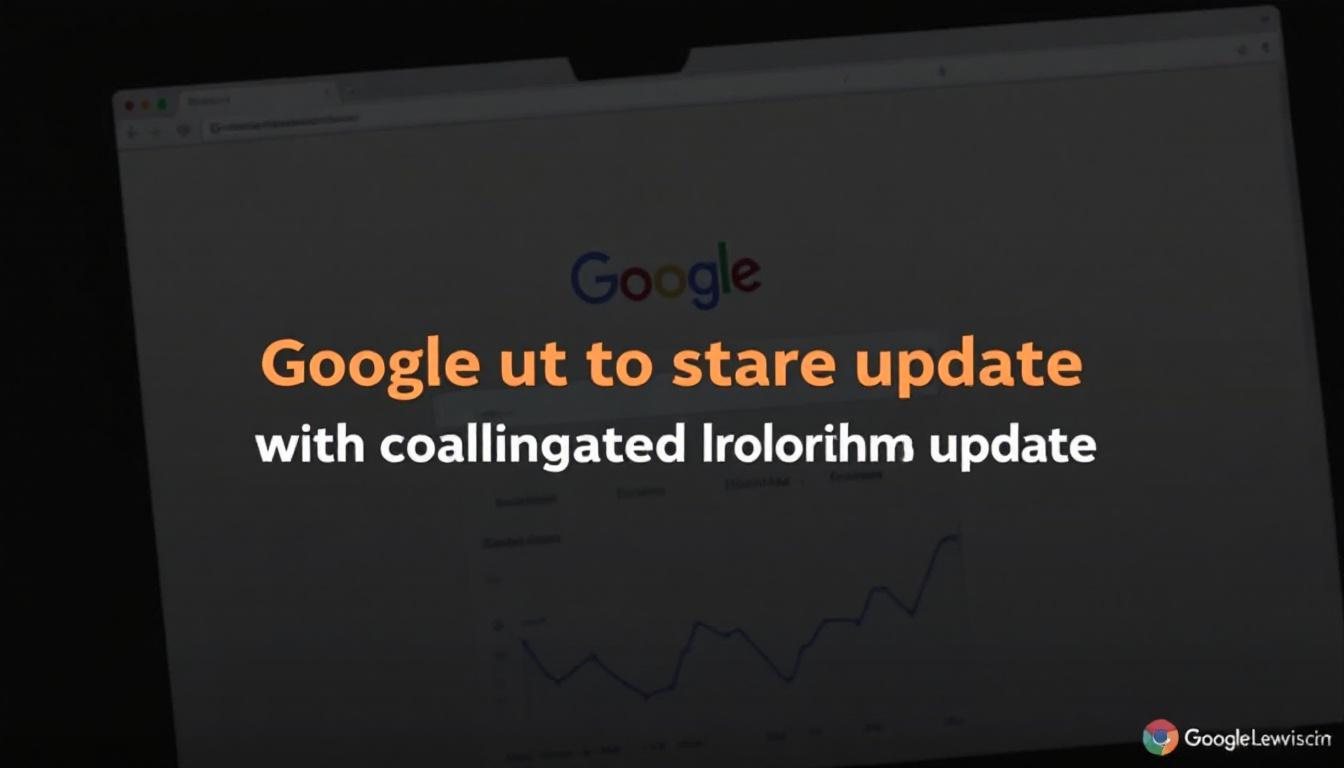Google has unveiled a new feature that supports structured data for loyalty programs, enabling businesses to showcase member benefits directly in search results.
Udemy
Whether you're just starting out or want to keep up on the latest SEO techniques, Udemy can help be the SEO Expert in no time.
This update aims to help companies highlight the perks of their loyalty schemes, making it easier for customers to see the value before engaging with listings.
Loyalty Structured Data
With the introduction of this updated structured data, businesses can now present their loyalty program benefits seamlessly within Google search results.
This enhancement allows potential customers to instantly recognize the advantages of joining a loyalty program while browsing products.
Member Benefits Display
Google supports four specific types of benefits that can be featured through this structured data.
- Loyalty Points: Points accumulated with each purchase
- Exclusive Pricing: Special prices available only to members
- Free Returns: Benefits like complimentary return shipping
- Enhanced Shipping Options: Offers such as free or faster shipping
This new capability not only increases the visibility of products but also has the potential to drive more clicks from search results by clearly presenting loyalty benefits to shoppers.
Details & Requirements
Implementing the new structured data for loyalty programs involves a straightforward process to ensure your business is accurately represented in search results.
Implementation Steps
Follow these steps to integrate the loyalty program structured data into your website.
- Incorporate loyalty program details into your ‘Organization’ structured data. 2. Add specific loyalty benefits to your ‘Product’ structured data. 3.
Verify your markup using the Rich Results Test tool to ensure accuracy.
Best Practices
Adhering to recommended practices ensures that your loyalty program information is correctly indexed by Google.
Google advises consolidating all loyalty program information on a single dedicated page rather than distributing it across multiple pages.
This approach facilitates better crawling and indexing by search engines.
Multi-Tier Programs Now Supported
The new structured data feature also accommodates businesses that offer multiple membership levels within their loyalty programs.
Customizable Membership Tiers
Businesses have the flexibility to define various tiers, each with its own set of requirements and benefits.
Examples of tier distinctions include:
– Requirements for credit card sign-ups
– Minimum spending amounts, such as an annual spend of $250
– Regular membership fees based on the tier level
This functionality allows for more complex and tailored loyalty programs that align with the specific needs and strategies of different businesses.
Merchant Center Takes Priority
Google emphasizes the importance of using its Merchant Center when managing loyalty programs through structured data.
Prioritizing Merchant Center
For businesses already utilizing Merchant Center, maintaining consistency is key.
If a business implements both the structured data markup and uses Merchant Center for loyalty programs, Google will give precedence to the Merchant Center settings. This ensures a clear and unified source of information without data conflicts.
Irina Tuduce and Pascal Fleury from Google Shopping highlight that this feature is particularly beneficial for businesses without a Merchant Center account, providing them with the tools to offer loyalty programs effectively.
Looking Ahead
This update appears to level the playing field for smaller businesses, allowing them to compete more effectively with larger retailers.
Empowering Small Businesses
By enabling smaller e-commerce sites to implement sophisticated loyalty structures, Google is enhancing their online presence.
Previously challenging without Merchant Center, these businesses can now introduce multi-tier loyalty programs using structured data, making their offerings more attractive and accessible to customers.
Small and medium-sized e-commerce platforms that do not have Merchant Center accounts are encouraged to adopt this markup to benefit from increased visibility and improved customer engagement.
The Bottom Line
Google’s latest update to support structured data for loyalty programs offers businesses a valuable opportunity to highlight their member benefits directly in search results.
By implementing these changes, companies can enhance their online visibility and attract more engaged customers, ultimately driving growth and fostering customer loyalty.








